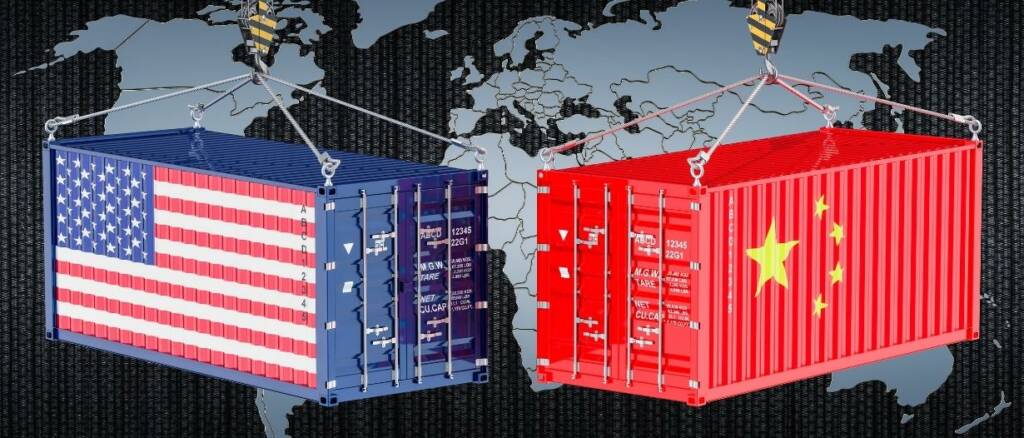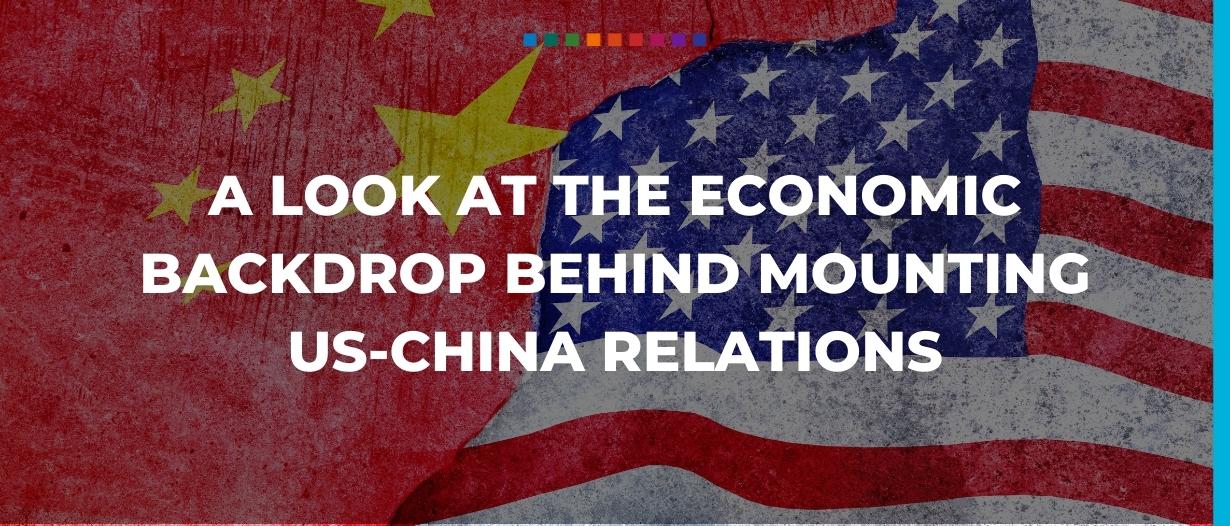From former US President Donald Trump’s trade conflict with China to House Speaker Nancy Pelosi’s controversial visit to Taiwan in August, ties between the US and China have been delicate in recent years.
To better understand the views of Washington and Beijing, it is necessary to take a look back at some of the economic conditions underpinning relations between the two largest global economies.
China expected to overtake US as the largest economy
With China’s reformation in the 1970s, the nation facilitated its own rapid rise in the world’s economy.
Today, many experts anticipate that China’s economy will surpass that of the US in the coming decade. These predictions cite China’s substantial improvements in the export sector as the primary growth factor.
According to the Centre for Economics and Business Research (CEBR) report, the Chinese GDP is expected to grow by 5.7% annually until 2025, followed by 4.7% annually until 2030. By contrast, the US Bureau of Labor Statistics projects that the American economy will grow by only 2.3% annually until 2030.
This means China’s economic growth will be higher than the US’s for the next decade, leading to an increase in its economic importance.
The Asian superpower’s share of the world economy has risen from just 3.6% in 2000 to more than 18% in 2021. In contrast, the United States accounted for 15.7% of the world’s economy in 2021, which is expected to decrease to 14.6% by 2027.
China’s economic system
The Chinese economy is benefitting from an ambitious economic plan and dual-tiered financial system. The government has centralised control at one level of the economy while maintaining a free market system in other areas.
A free market allows the Chinese economy to progress in knowledge-based industries (i.e technology) while centralised control enables the government to efficiently influence the market and stimulate the economy according to the central economic vision.
In this manner, China has transformed its economy from a low-value-added and low-income economy to a high-income and advanced industry.
This has been done through aligning their industrial structure with more advanced economies, like that of the US, with more resources allocated to knowledge-based industries rather than manufacturing.
Foreign infrastructure investment
In 2013, China broadened its economic influence by creating the Belt and Road Initiative (BRI).
The BRI––often referred to as the ‘New Silk Road’––is a collection of infrastructure development, regional political cooperation, financial integration, and human resources exchange that stretches from East Asia to Europe and significantly expands China’s economic and political influence.
In addition, China’s role as an establishing member of the New Development Bank in 2015 further separates the two leading global economies.
This is because it marks China’s attempt at developing its own world bank to support infrastructure projects in developing countries (particularly those that are not supported by the US-led World Bank).
This demonstrates the nation’s ambition to establish a new, Chinese-led global system to replace the current and predominately US-led system.

The Sino-US trade deficit
The American goods and service trade deficit with China has remained high in the past decade.
In 2021, the US Census Bureau estimated the total value of American trade with China to be $656.4 billion. The US exported $151.0 billion while importing $504.9 billion leading to a total 2021 trade deficit with China of $353.5 billion.
To alleviate the trade deficit, President Biden has implemented policies to counteract China’s labour programs, censorship, import-export subsidies, and use of American intellectual property.
These policies have consequently diminished China’s export volume and whilst also contradict free market principles.
Ultimately, China’s growing export sector has caused concern in the US, while American counter policies have sent ripples of dissatisfaction through China.
Protectionist concerns among NATO
This raises protectionism concerns within the North Atlantic Treaty Organization (NATO) states.
The NATO 2030 strategy (set in 2019) lays out the necessary resources to address the potential security challenge that China will bring.
To secure and promote their high standards of fair transparent global trade, President Biden, in collaboration with the G7 countries, launched a partnership named “Build Back Better World” to address the strategic competition with China.
In June 2021, the US suspended private investments in Chinese companies within surveillance and defence sectors, including tech giant Huawei.
To address this, China established its own anti-foreign sanctions law.
The law enables them to take legal actions against countries that invoke discriminatory measures against China or its inhabitants. This demonstrates China’s will to deny access to its own market when needed.
While it can be difficult, if not impossible, to predict the future economic and geopolitical situation between the two leading global economies, it is clear that there are deep and mounting tensions between the two.
























